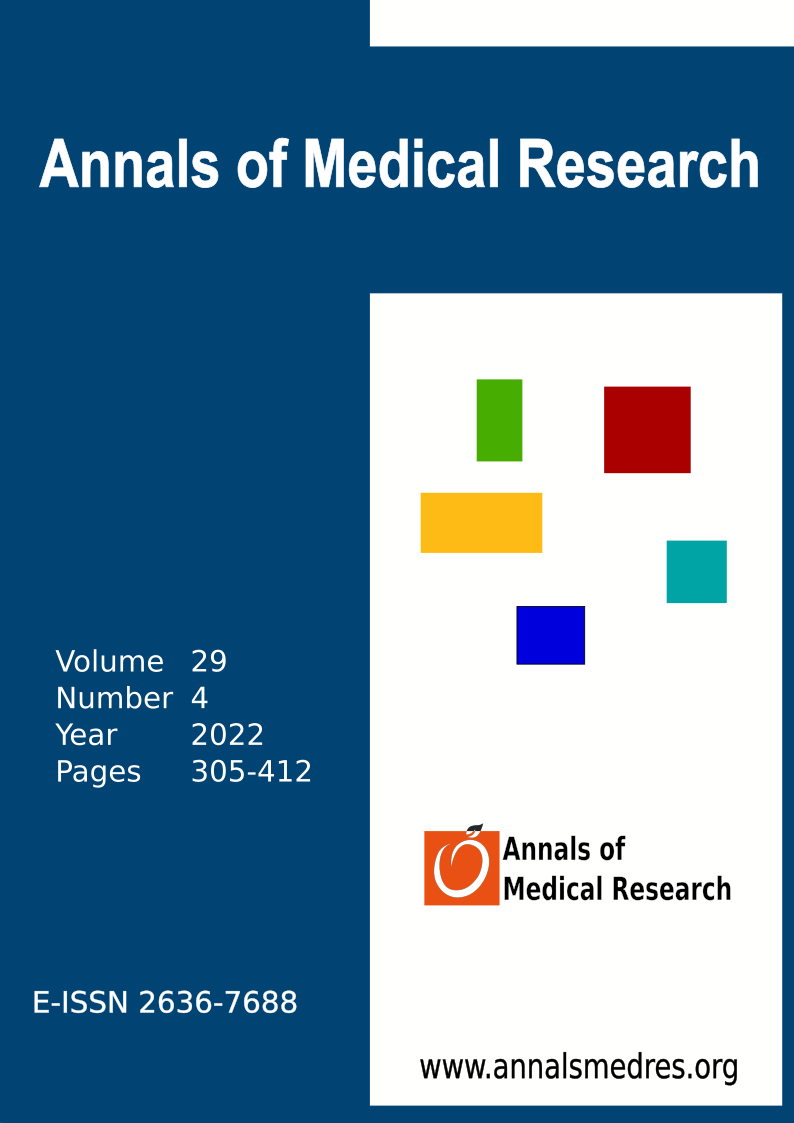Comparison of conus medullaris levels and spinopelvic parameters between patients with adolescent idiopathic scoliosis, tethered cord syndrome, and healthy adolescents
Keywords:
Tethered cord, adolescent idiopathic scoliosis, conus medullaris level, spinopelvic parametersAbstract
Aim: The tension of the spinal cord may pose a risk in terms of neurological damage during deformity correction of spine surgeries. Conus medullaris level can provide information about the tension of the spinal cord. However there is lack of information in the literature about the conus medullaris level in idiopathic scoliosis patients. This study aimed to compare conus medullaris levels and spinopelvic parameters among patients with adolescent idiopathic scoliosis (AIS), tethered cord syndrome with AIS, and healthy controls.
Materials and Methods: We retrospectively recruited fifty patients with AIS (mean age 14.3 ± 2.0 years), forty-two patients with tethered cord syndrome with AIS (mean age 13.6 ± 4.8 years), and fifty patients with no spinal abnormality (mean age 14.5 ± 2.4 years). For the evaluation of and comparison of the patients, Risser stage, spinopelvic parameters (Cobb angle, lumbar lordosis angle, thoracal kyphosis angle, lumbosacral angle, thoracal tilt, T1-pelvis angle, sacral slope, sagittal and coronal balance, lumbar tilt, pelvic obliquity, pelvic tilt, and pelvic incidence), and conus medullaris levels were used. Conus medullaris levels were measured on sagittal magnetic resonance imaging (MRI) T2-weighted sections, and spinopelvic parameters were measured on lateral whole-spine radiographs.
Results: Conus medullaris termination levels were significantly lower in the tethered cord syndrome with AIS group (p<0.001) and were not significantly different between the AIS group and healthy individuals (p = 0.680). No significant differences were observed in the Risser stage, Cobb angle, lumbar lordosis, thoracal kyphosis, lumbosacral angle, thoracal tilt, T1-pelvis angle, sacral slope, sagittal balance, and coronal balance between the tethered cord with AIS and AIS groups (all p> 0.05). Lumbar tilt, pelvic obliquity, pelvic tilt, and pelvic incidence parameters were significantly higher in the tethered cord with AIS group (all p< 0.05).
Conclusion: This study demonstrated that the distribution of the conus locations in AIS patients was similar to that in the healthy control group. Lumbar tilt, pelvic obliquity, pelvic tilt, and pelvic incidence parameters were significantly higher in the tethered cord syndrome with AIS group.
Downloads
Published
Issue
Section
License
Copyright (c) 2022 The author(s)

This work is licensed under a Creative Commons Attribution-NonCommercial-NoDerivatives 4.0 International License.
CC Attribution-NonCommercial-NoDerivatives 4.0






